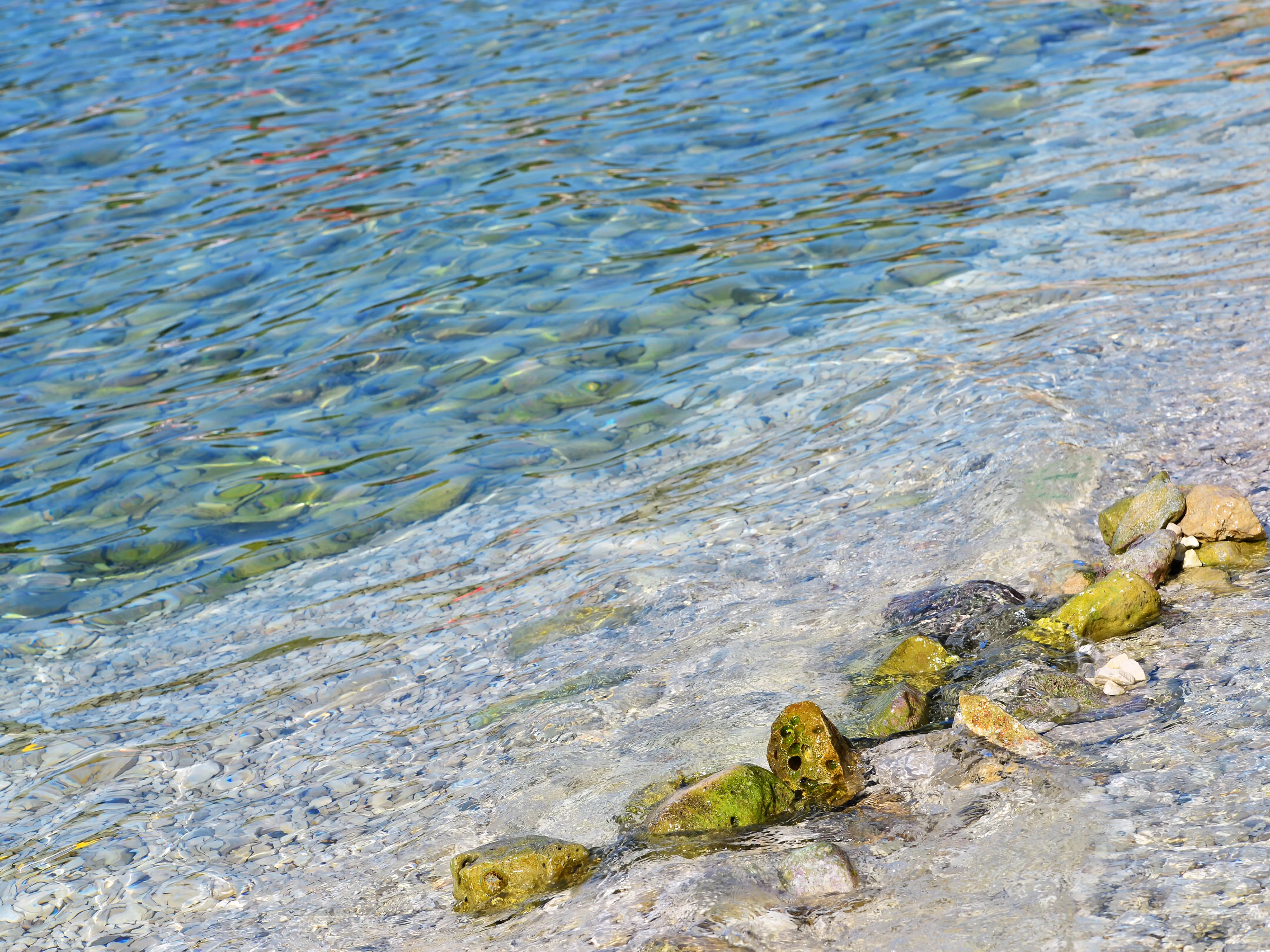As the ocean absorbs carbon dioxide (CO2) released into the atmosphere by human activities, the carbonate chemistry and acidity of seawater is modified in a process known as ocean acidification. While this leaves less carbon dioxide in the atmosphere and substantially limits climate change, ocean acidification, which is sometimes referred to as the “other CO2 problem”, has emerged as a key global issue in the last decade because of its potential to affect marine organisms and biogeochemical cycles.
Nuclear and isotopic techniques are used to study ocean acidification and have widely contributed to the understanding of the field both in terms of investigating past changes in ocean acidity and the impacts of ocean acidification on marine organisms, such as through the study of biological processes like calcification.
Though a decrease in surface ocean pH (“potential of Hydrogen,” a measure of acidity or alkalinity) is already detectable, it is hard to estimate the full impact of ocean acidification on marine biota. Studies show a wide variety of possible impacts, both positive and negative, as different species show different levels of resilience and adaptability.
Below a certain pH and corresponding carbonate concentration, conditions become corrosive to calcium carbonate, which is used by many organisms to build shells and skeletons. Some corals, pteropods, bivalve molluscs and calcifying phytoplankton may be particularly sensitive to changes in seawater chemistry. Energy spent overcoming more acidic conditions may reduce the energy available for physiological processes such as reproduction and growth. Scientists at the IAEA’s Environment Laboratories are using isotopic techniques to investigate the impacts of ocean acidification and its interaction with other environmental stressors.
